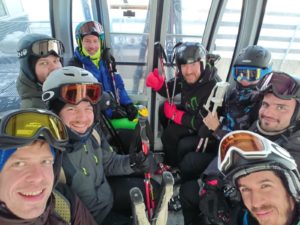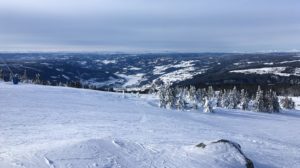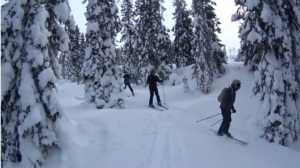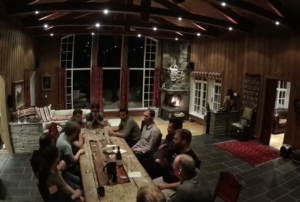When I started my internship in Kelda 6 month ago, I was mainly interested in modelling, whether dealing with thermodynamics or hydraulics issues. Here in Porsgrunn, I mainly worked on what would be called a PVT (standing for Pressure, Temperature and Volume) model, which is a tool that could for instance, calculate for a given fluid at a given Pressure/Temperature condition a quite accurate estimation of its density.
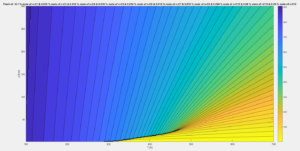
Mapping the density over P,T meshes
A big part of the job was thus to understand the advanced thermochemical behavior of the fluid, and then to implement it by using some well know Equation of State (EOS) -like Soave Redlich Kwong or Peng Robinson EOS- which bounds P,T and V.
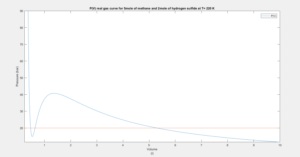
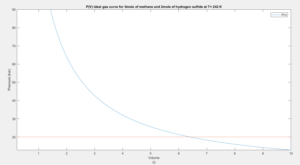
Real gas vs Ideal Gas P(V) curves
What was exciting with this task was that it was both an academic and industry oriented project. On one side, we were looking for the accuracy and the understanding that you would expect from academic research, using thorough examples to push the model to its limits. But, on the other hand, we always kept in mind what would be the final usage of this tool, which is its integration to a tool developed by one of my co-worker: the Influx Management Envelop (IME).
At the very first sight, you could say that the IME is a tool which allows you, once you got an unpredicted gas influx in the well, to predict whether you are still within some safety operation boundaries. According to some key pressures on the rig (back pressure, mud at the inlet…), it will tell you how you should circulate this thorny influx to avoid leakage or explosions. In this context, an accurate prediction of the gas behavior is critical, and this is why having a PVT model behind those calculations is a tremendous boon.
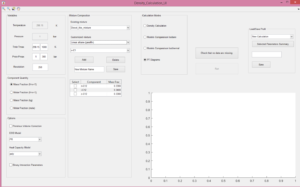
Getting UI up&ready
Apart from the substance, the form was quite exciting as well. I had the opportunity to learn how to code on Matlab, the standard for academic numerical computation, but also a bit on C++ as speed was a crucial KPI. I even did some Python as we wanted to integrate our compiled libraries within an Open Source Language for sharing purposes.
Thus, this internship was definitely a very cool opportunity to dig further into programming while conducting thrilling thermochemistry researches!
